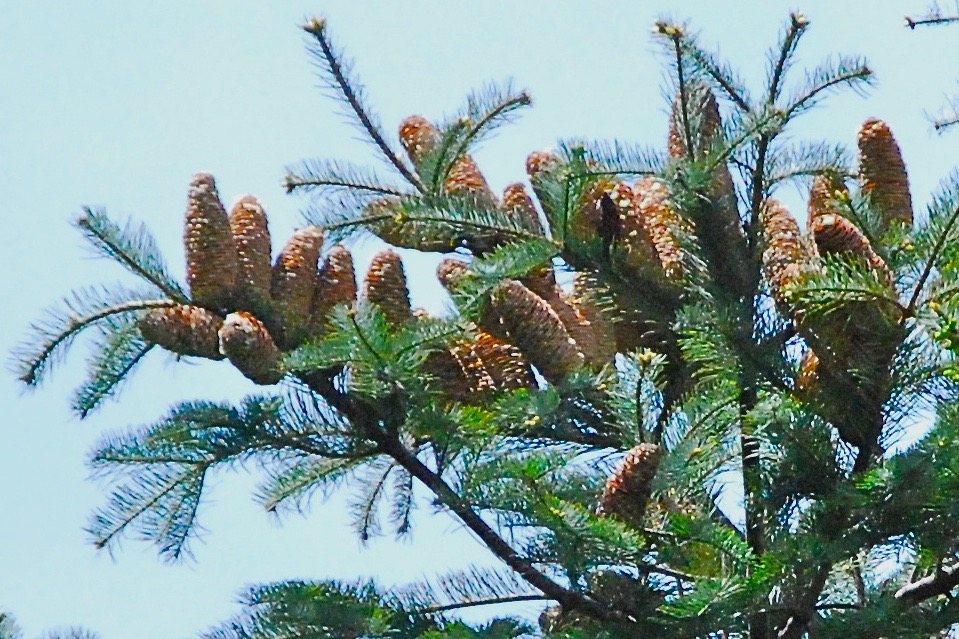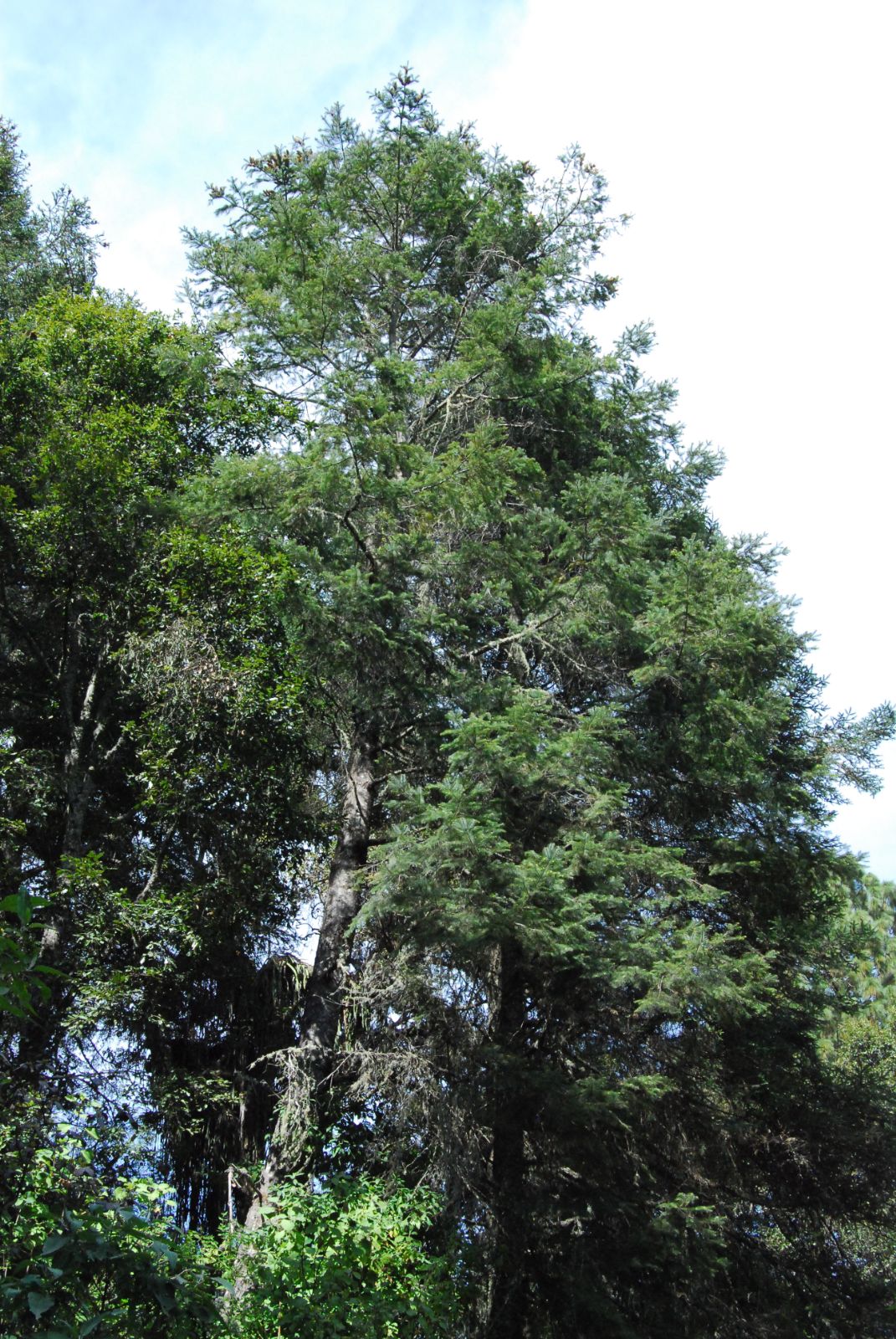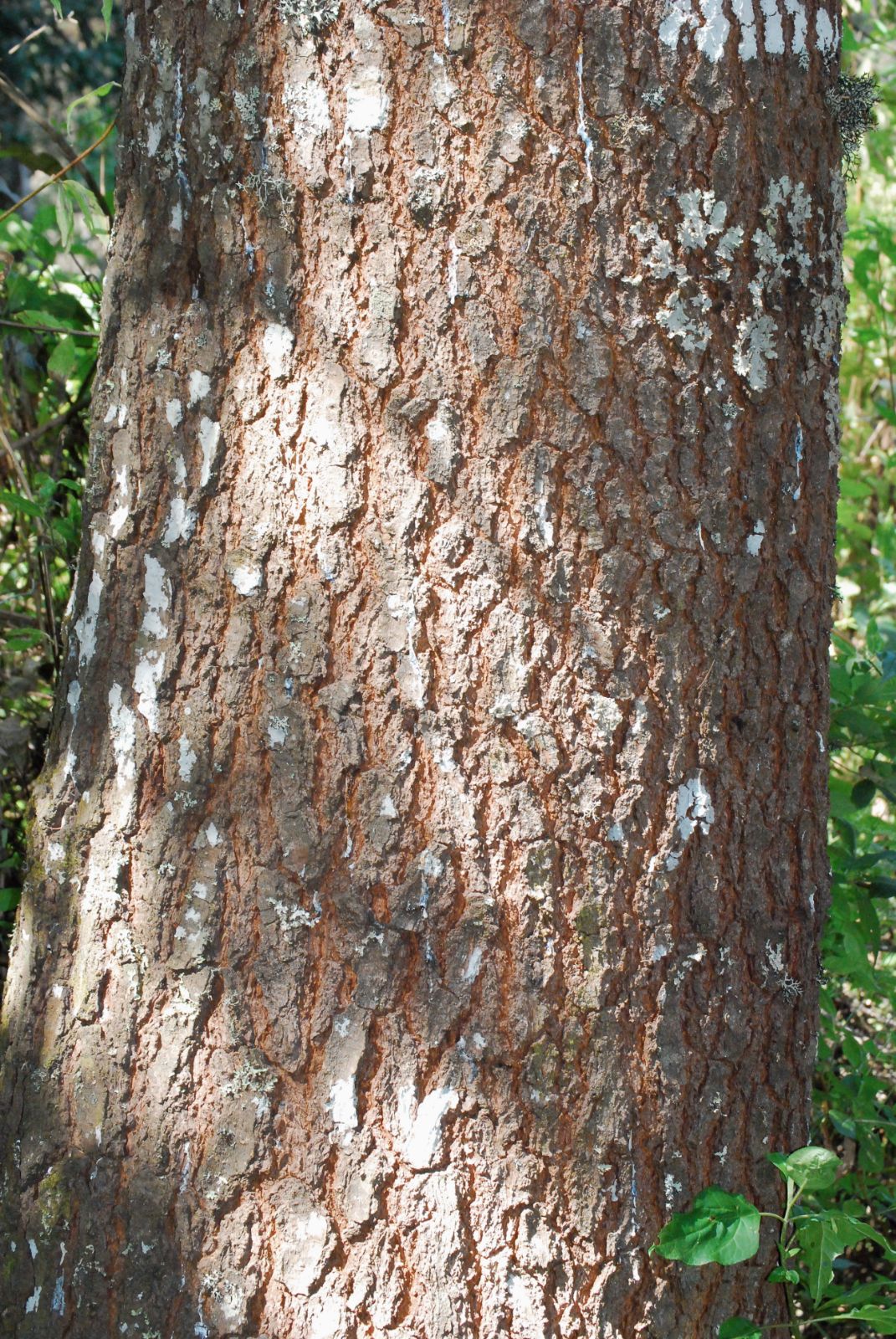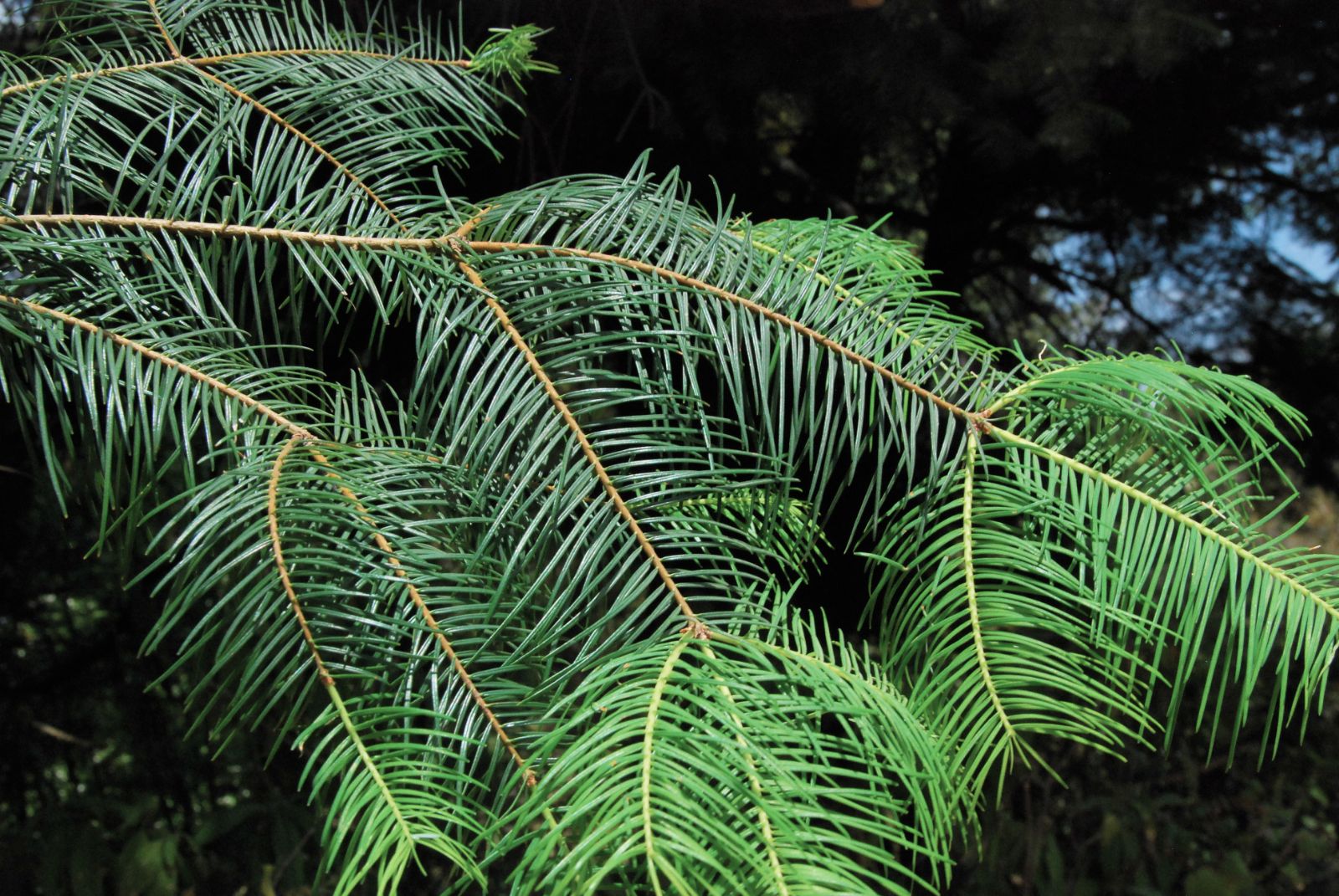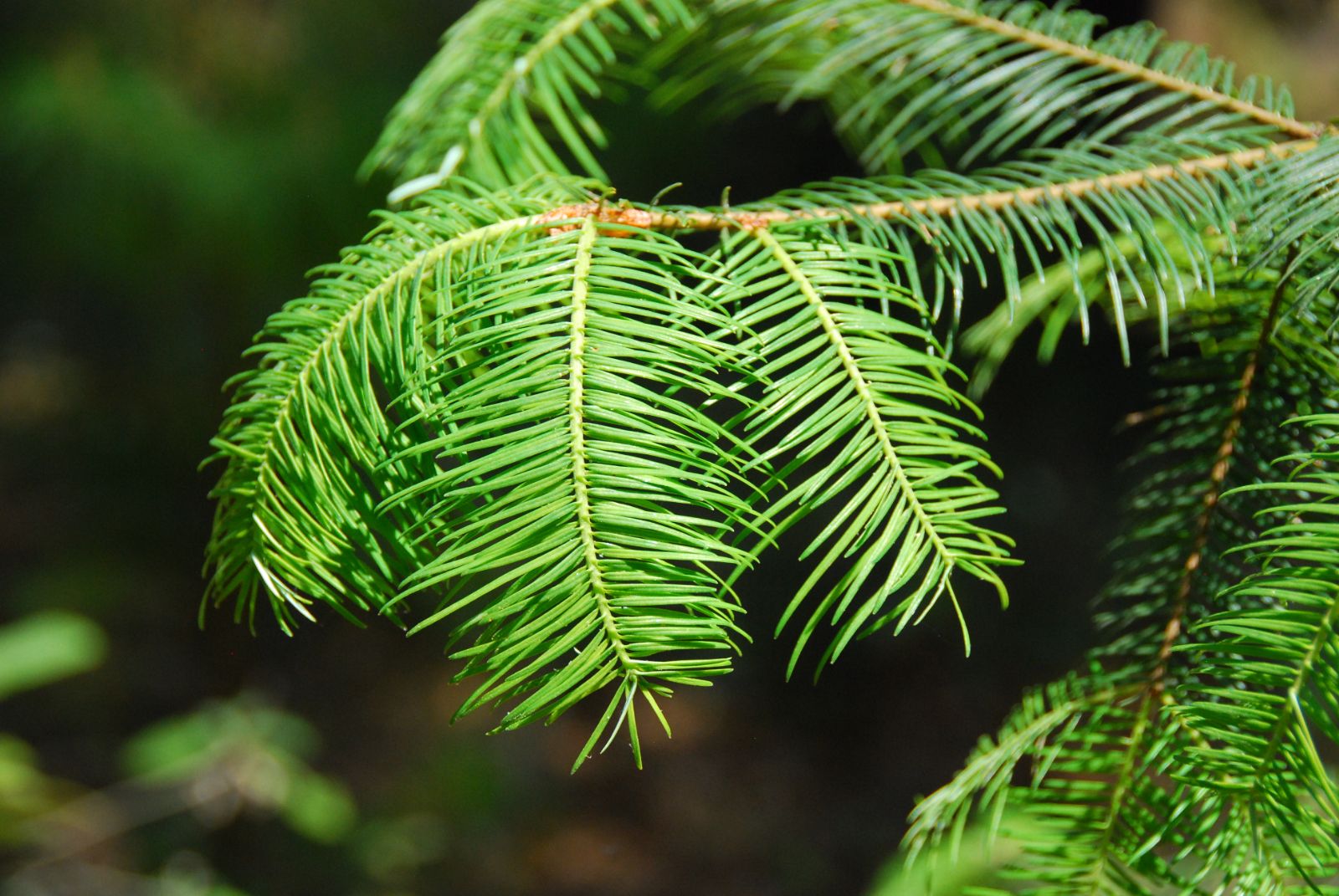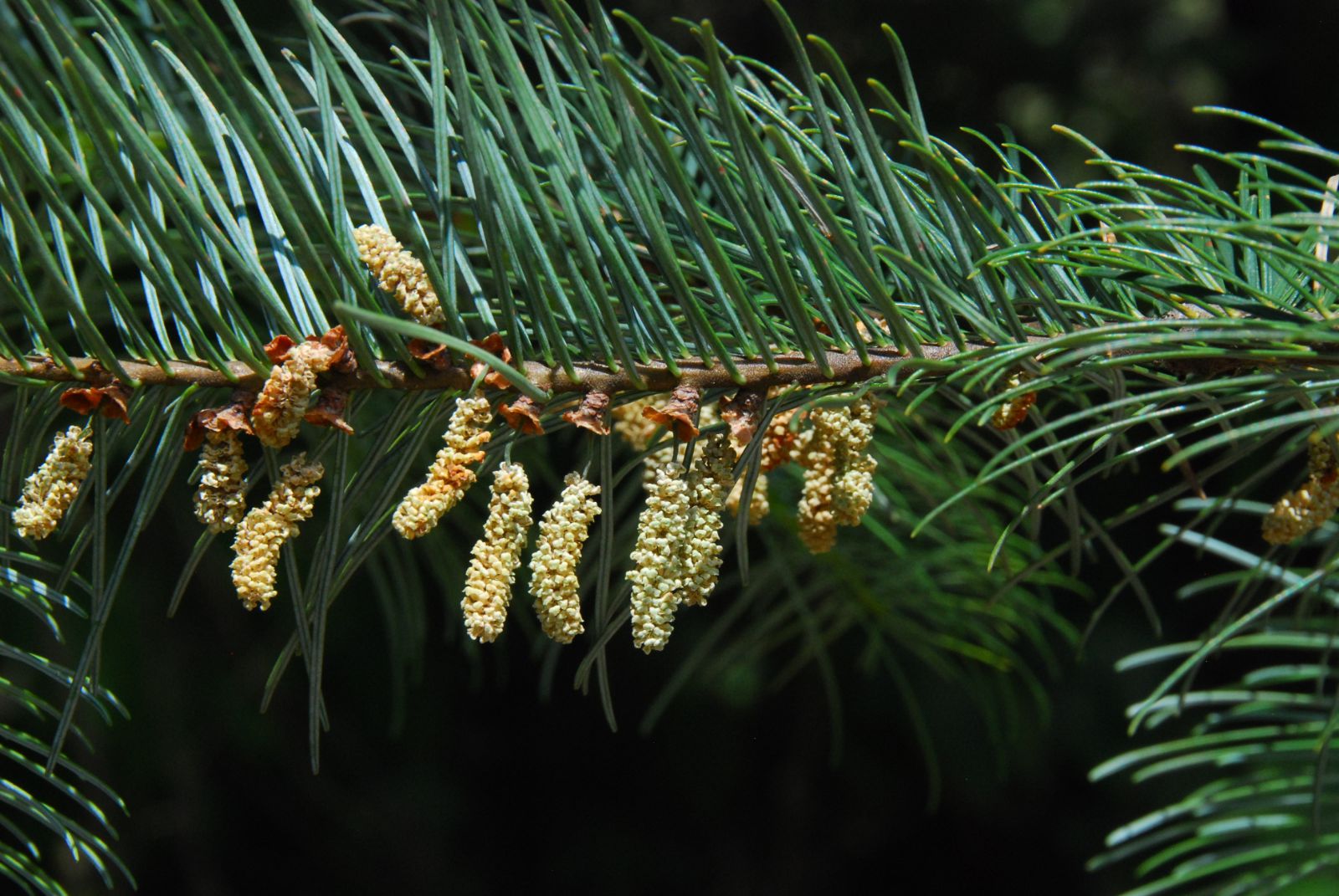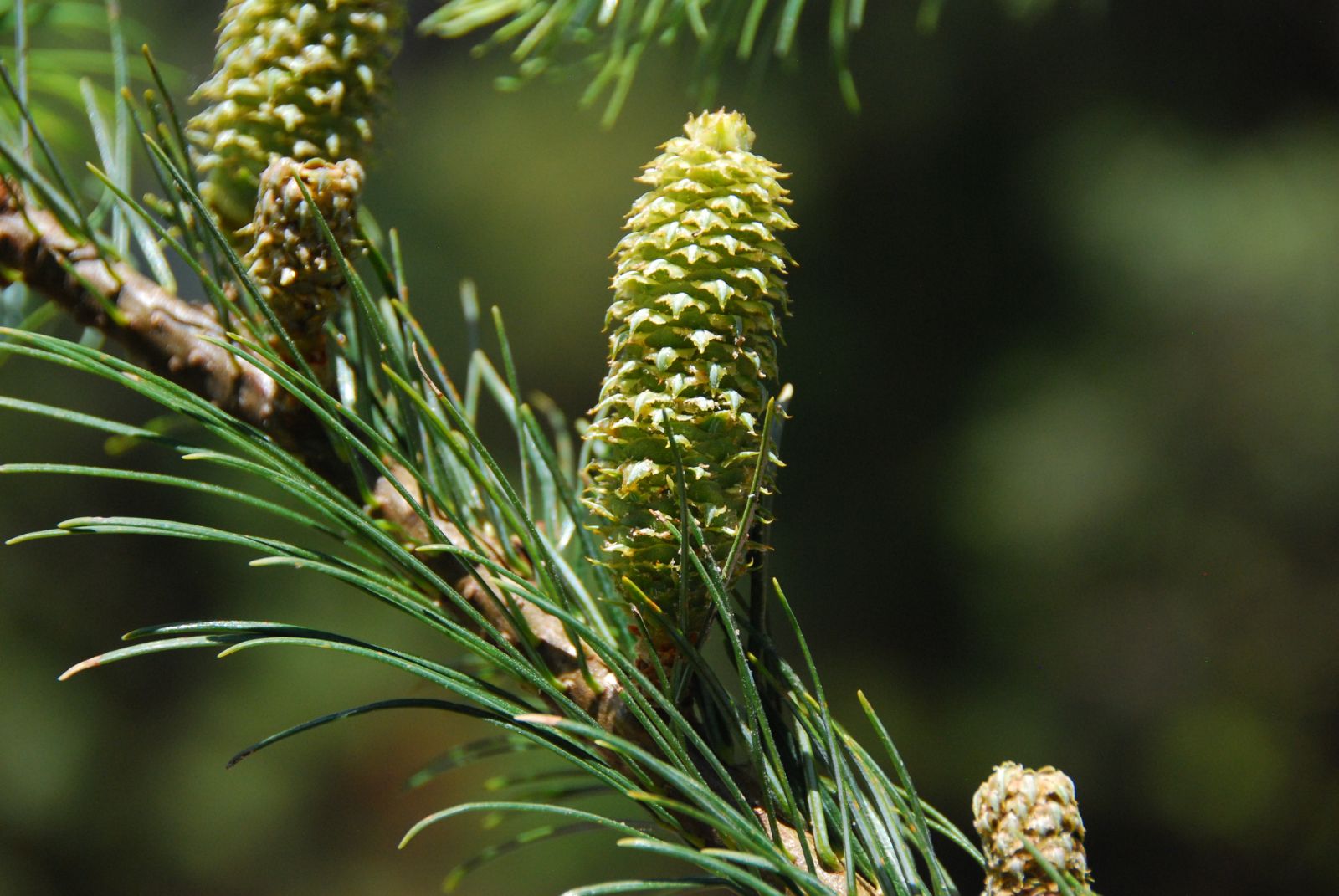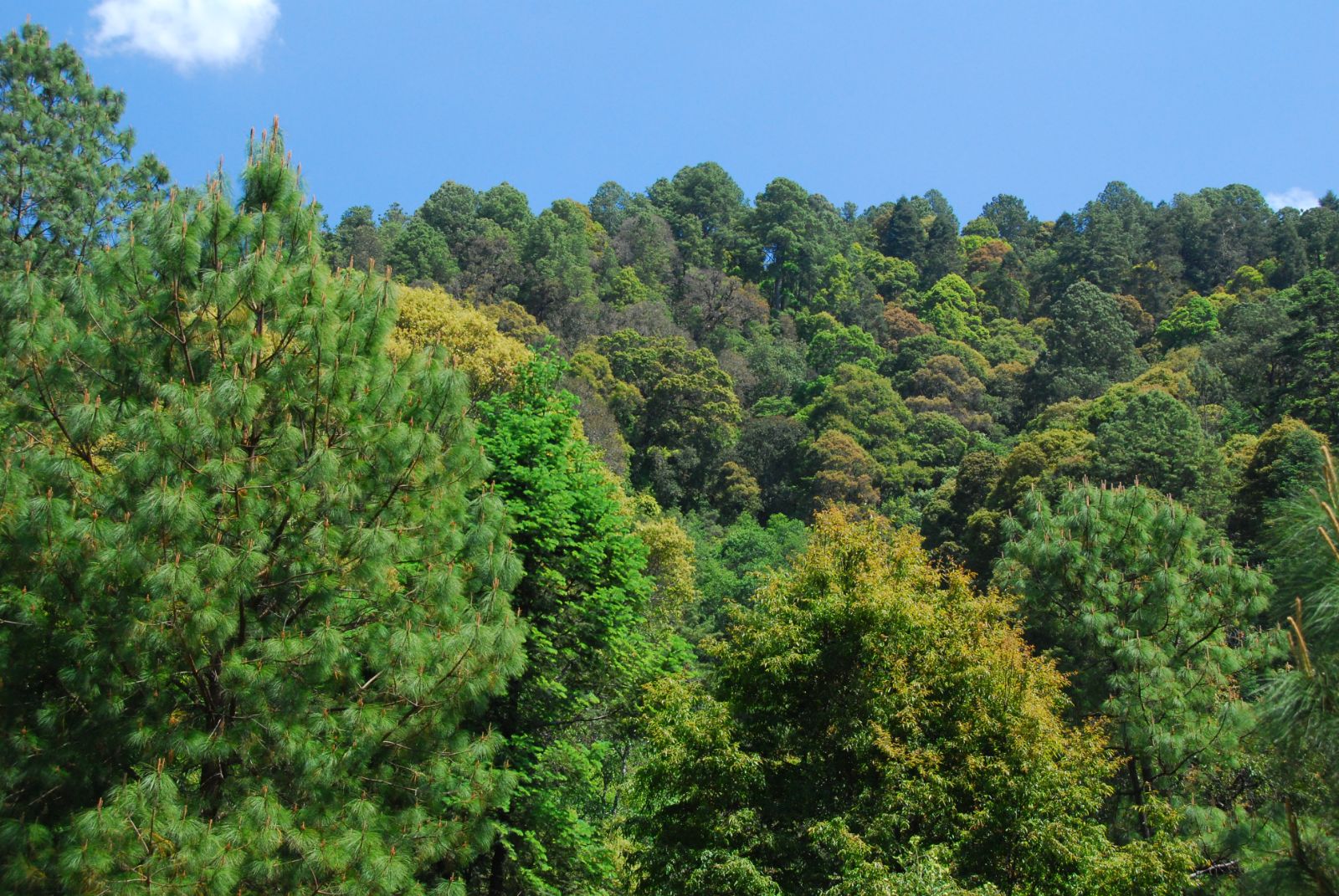Abies flinckii
Sponsor
Kindly sponsored by
Sir Henry Angest
Credits
Tom Christian (2021)
Recommended citation
Christian, T. (2021), 'Abies flinckii' from the website Trees and Shrubs Online (treesandshrubsonline.
Genus
Common Names
- Flinck Fir
- Michoacán Fir
- Abeto de Jalisco
Synonyms
- Abies religiosa var. emarginata Martínez
Other taxa in genus
- Abies alba
- Abies amabilis
- Abies × arnoldiana
- Abies balsamea
- Abies beshanzuensis
- Abies borisii-regis
- Abies bracteata
- Abies cephalonica
- Abies × chengii
- Abies chensiensis
- Abies cilicica
- Abies colimensis
- Abies concolor
- Abies delavayi
- Abies densa
- Abies durangensis
- Abies ernestii
- Abies fabri
- Abies fanjingshanensis
- Abies fansipanensis
- Abies fargesii
- Abies ferreana
- Abies firma
- Abies fordei
- Abies forrestii
- Abies forrestii agg. × homolepis
- Abies fraseri
- Abies gamblei
- Abies georgei
- Abies gracilis
- Abies grandis
- Abies guatemalensis
- Abies hickelii
- Abies holophylla
- Abies homolepis
- Abies in Mexico and Mesoamerica
- Abies in the Sino-Himalaya
- Abies × insignis
- Abies kawakamii
- Abies koreana
- Abies koreana Hybrids
- Abies lasiocarpa
- Abies magnifica
- Abies mariesii
- Abies nebrodensis
- Abies nephrolepis
- Abies nordmanniana
- Abies nukiangensis
- Abies numidica
- Abies pindrow
- Abies pinsapo
- Abies procera
- Abies recurvata
- Abies religiosa
- Abies sachalinensis
- Abies salouenensis
- Abies sibirica
- Abies spectabilis
- Abies squamata
- Abies × umbellata
- Abies veitchii
- Abies vejarii
- Abies × vilmorinii
- Abies yuanbaoshanensis
- Abies ziyuanensis
Tree 15–25 m tall, to 1 m dbh. Crown conical, columnar and round-topped in older trees. Bark of young trees smooth for many years, lenticillate, silvery grey, fissuring and cracking into small scales at the base of old trees. First order branches spreading horizontally or downcurved, the tips level or slightly upswept. Branchlets slender, green at first, ripening to olive-brown or reddish-brown, glossy, puberulent when young, later glabrous and grey. Vegetative buds globose or conical, 2–4 mm, with a dense covering of purplish-grey resin. Leaves strongly parted either side of shoots by a wide ‘V’, somewhat depressed near the end of vigorous leading shoots, those of the upper rank strongly forward, green with a prominent central groove above, (2–)3.5–9(–12) cm × 1.5–2 mm (longest on shaded and lax shoots and seedlings), base straight or weakly twisted, apex obtuse or emarginate, sometimes weakly bifid, stomata absent from the upper surface or in a broken band along the central groove, in two dull-white bands beneath. Pollen cones scattered, conspicuously long, 3–4 × 0.7 cm, resinous. Seed cones short-pedunculate, oblong-conical, 12–16 × 4–4.5 cm, apex obtuse, maturing from greenish-yellow to yellowish-brown, ripening November; seed scales flabellate, 2.5–2.7 × 3–4 cm at midcone; bracts prominently exserted and reflexed at maturity, apex triangular. (Rushforth 1989; Debreczy & Rácz 2011).
Distribution Mexico Jalisco, Michoacán, and Sinaloa states
Habitat Warm-temperate or sub-tropical montane forests at 1300–3000 m asl, with many pine species including Pinus devoniana, P. maximinoi, P. pseudostrobus, and, in places, P. lumholtzii. Common broadleaf associates include Tilia americana ("var. mexicana") and several Quercus species, and more locally Arbutus xalapensis. At its upper altitudinal limit on the Nevado de Colima it associates with the narrow endemic Abies colimensis.
Conservation status Not evaluated (NE)
Abies flinckii was described following the same 1984 expedition that confirmed the distinctiveness of A. colimensis, which replaces A. flinckii at altitude on the Nevada de Colima (Rushforth 1989). This species, named for Karl Evert Flinck of Bjuv, Sweden, is probably more widespread than A. colimensis, and in recent years has earned greater recognition than that species, especially after the investigations of Vázquez-García et al. (2014) further demonstrated its legitimacy. When he published A. flinckii Rushforth circumscribed material previously treated as A. guatemalensis var. jaliscana within his new species (Rushforth 1989), however Vázquez-García et al. (2014) demonstrated the distinctiveness of both, hence its omission from synonymy here (it is discussed under A. guatemalensis subsp. jaliscana).
At the time of its publication A. flinckii was in cultivation under KR 621, but being of distinctly warm-temperate origin was described as ‘tender’ in Britain (Rushforth 1989). By the time New Trees was published material of KR 621 had been reported ‘[doing] well for Mike Hudson in New Zealand until it died suddenly, having reached 9 m, and a grafted specimen reached 3.5 m for Tom Hudson in Cornwall but was killed by Armillaria’ (Grimshaw & Bayton 2009). The American Conifer Society page for this species includes a photograph of a plant at the Cox Arboretum, Georgia, but Tom Cox reports that although it has been tried there twice, it has been killed by cold on both occasions (T. Cox pers. comm. 2021). Another tree reported in New Trees, growing in the San Francisco Botanical Garden (accession 1966–0303*A), continues to thrive but according to SFBG’s online database is now labelled A. guatemalensis var. jaliscana – it may represent either taxon (sfbg.org).

